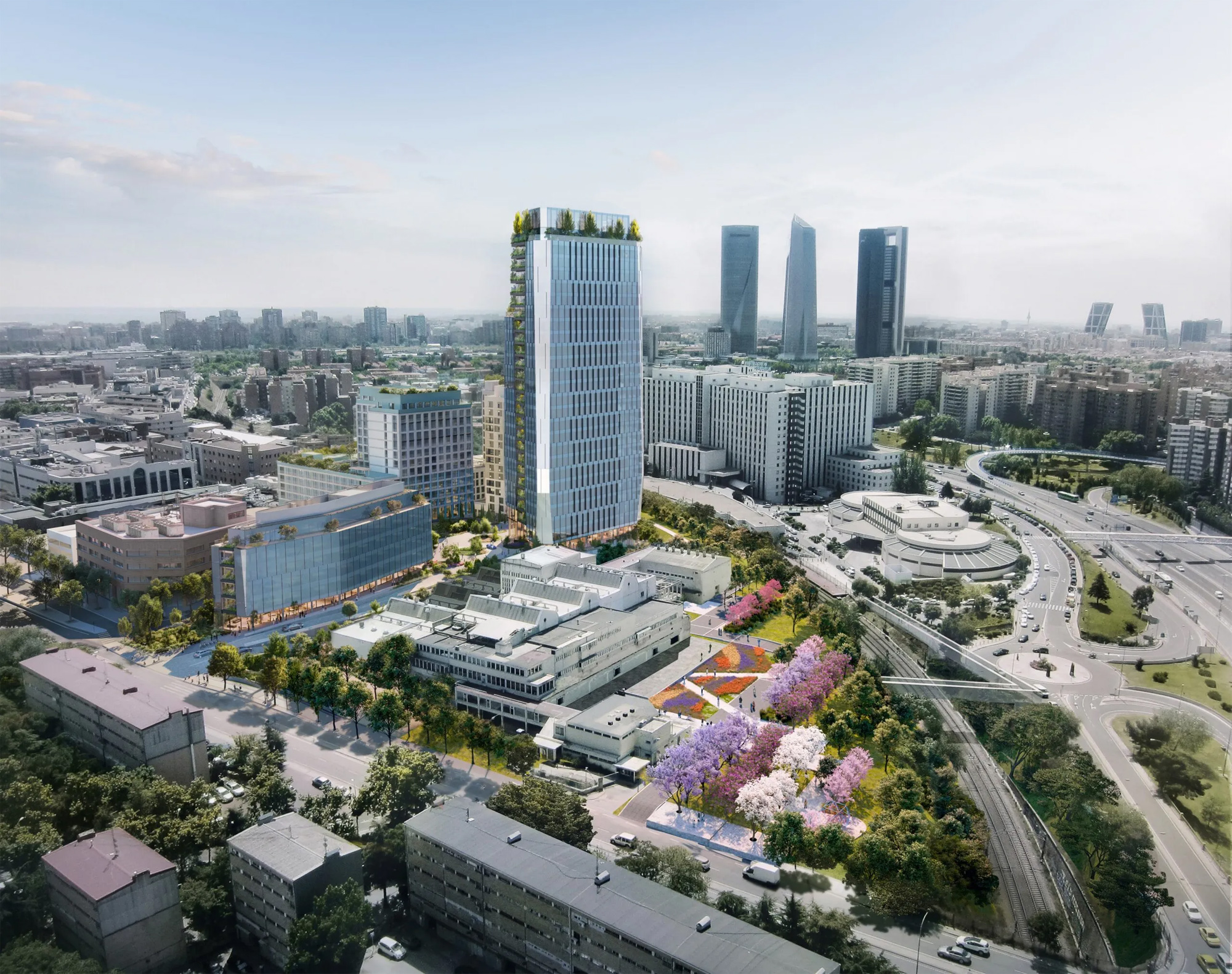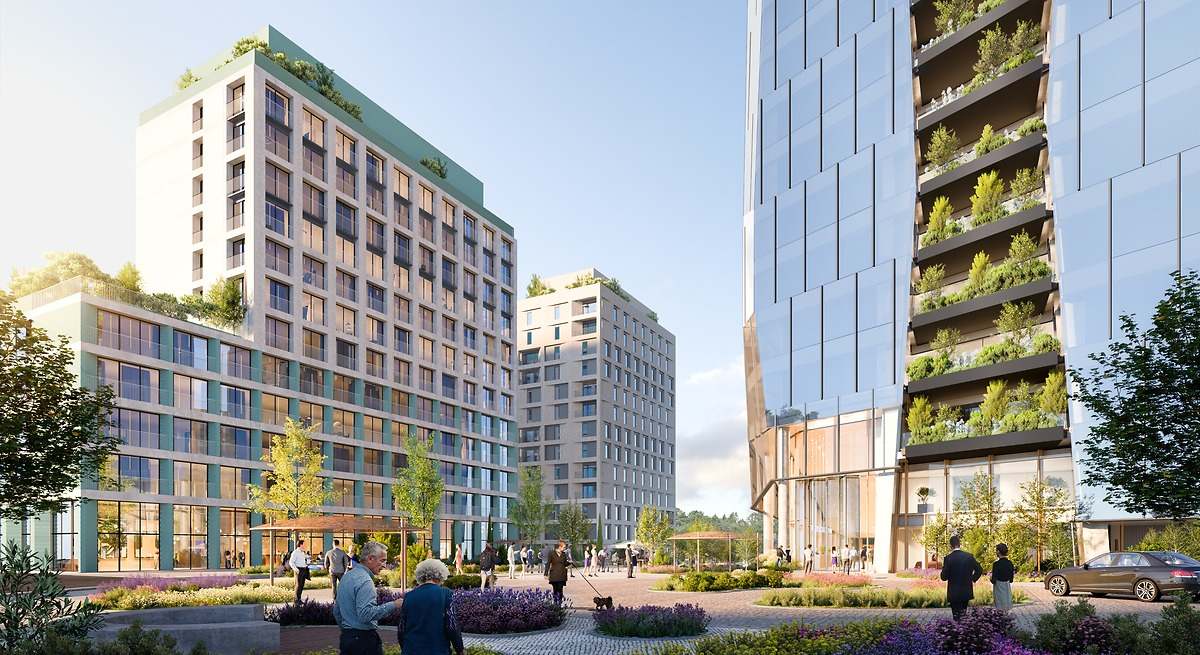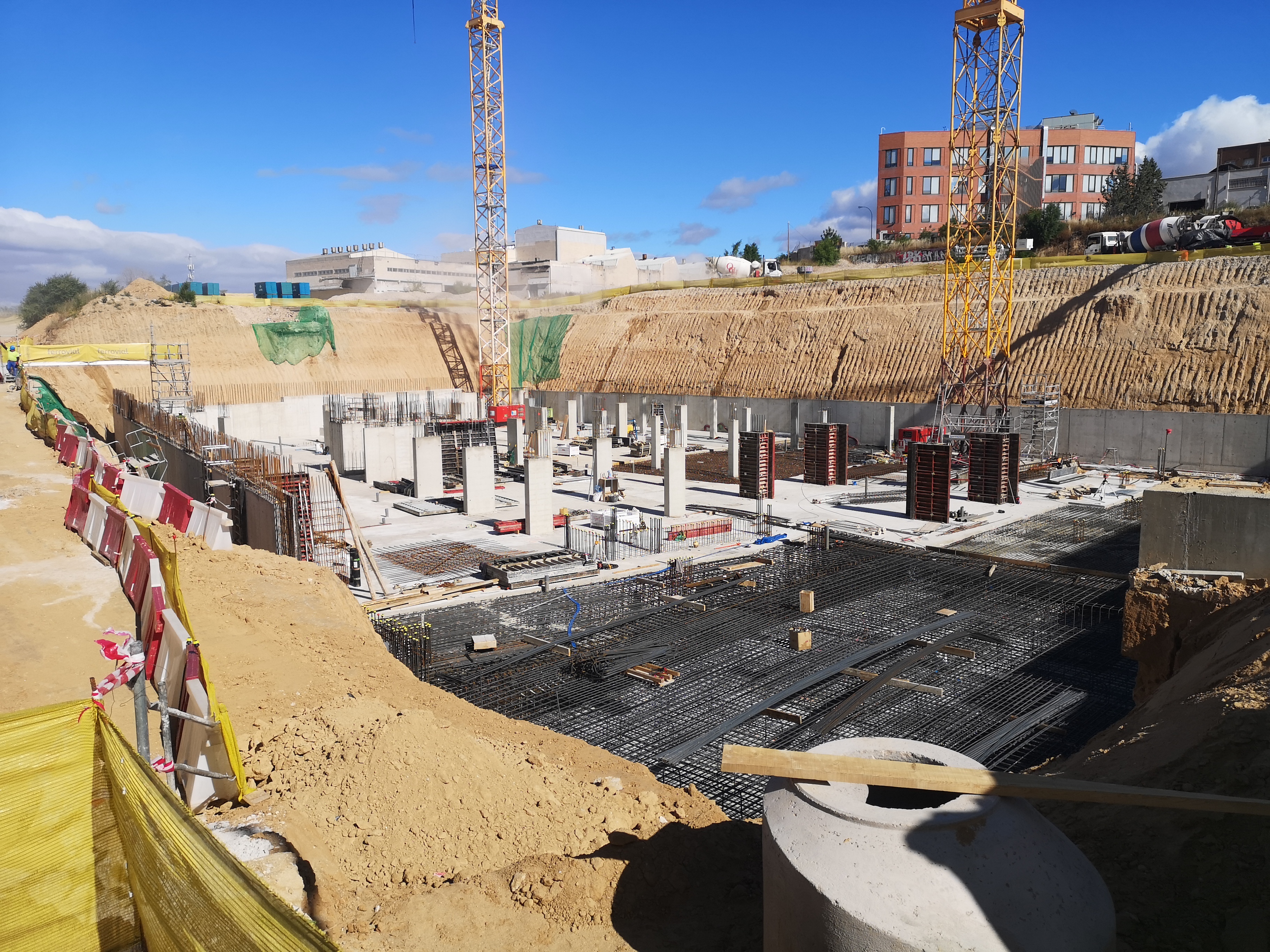
| Student residence. AM4 area (Clesa) | |
| Madrid, Spain | |
| Structural typology | Residential |
| Date | January, 2026 |
| Scope | Preliminary design, detailed design and construction support |
| Architect | Batlle i Roig |
| Construction | Ferrovial |
| Owner | Metrovacesa |
The first VITA Student residence in Madrid. A project developed by Batlle i Roig for Metrovacesa and VITA Group. The construction company, Ferrovial, expects to complete it by 2026.
Located in the northern part of the city, next to the iconic Clesa factory, it boasts excellent public transport connections to various universities. The residence will cover 20,100 m² distributed over 15 floors and will house 585 fully equipped rooms. Additionally, it will offer spaces such as lounges, study areas, terraces, and a pool, providing students with a comprehensive experience.
The residence also marks the beginning of the new **Oria Innovation Campus** project. This complex, of which the AM4 plot is part, is designed with the aim of blending work and education, retaining talent, creating community, and integrating the city with nature.
The plot where the historic Clesa dairy factory sits, opposite Ramón y Cajal Hospital, is undergoing a major renovation. On one hand, the rehabilitation of the factory itself, designed by Alejandro de la Sota and declared a Cultural Heritage Site, and on the other, the construction of four public-private buildings promoted by Metrovacesa, which will invigorate the reorganized northern area of Madrid.
Located in the northern part of the city, next to the iconic Clesa factory, it boasts excellent public transport connections to various universities. The residence will cover 20,100 m² distributed over 15 floors and will house 585 fully equipped rooms. Additionally, it will offer spaces such as lounges, study areas, terraces, and a pool, providing students with a comprehensive experience.
The residence also marks the beginning of the new **Oria Innovation Campus** project. This complex, of which the AM4 plot is part, is designed with the aim of blending work and education, retaining talent, creating community, and integrating the city with nature.
The plot where the historic Clesa dairy factory sits, opposite Ramón y Cajal Hospital, is undergoing a major renovation. On one hand, the rehabilitation of the factory itself, designed by Alejandro de la Sota and declared a Cultural Heritage Site, and on the other, the construction of four public-private buildings promoted by Metrovacesa, which will invigorate the reorganized northern area of Madrid.







